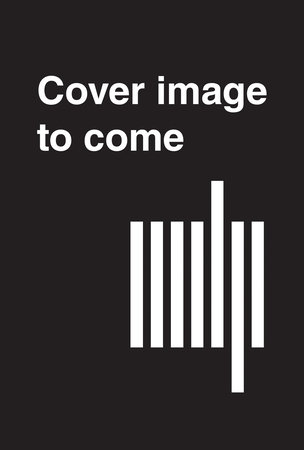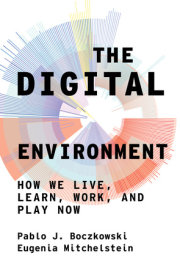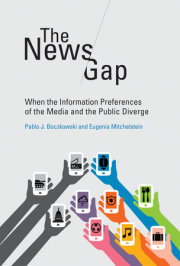Acknowledgements
1 Donkeys, Water, and Thirst: The Patina of Distrust in the Reception of Misinformation
Part 1: The Patina in Context
2 “Like Walking on a Slippery Floor”: The Historical Context of the Reception of Misinformation
3 The Playpen and Rotten Fish: The Institutional Context of the Reception of Misinformation
4 “Older than the National Badge”: The Sensemaking Context of the Reception of Misinformation
Part 2: The Patina at Work
5 “A Well-Done Fake News Must Be Credible”: Assessing the Veracity of Misinformation
6 “If I Don’t Share Anything... I Avoid Feeling Like an Idiot Afterwards”: Acting with Misinformation
7 “There Are So Many Lies That It Was Necessary to Invent This Kind of Things”: Interpreting the Practices and Products of Fact-Checking
8 “Given My Age, I’ve Seen So Many Things in My Life That I Don’t Believe in Anything”: Making Sense of the Patina of Distrust
Coda: The Patina of Milei: How This Book Helps Explain the 2023 Presidential Election in Argentina
Appendix A: Demographics of the Survey and Interviewee Samples, Wording of the Survey Items, Experimental Manipulations
Appendix B: Complementary Data for Chapter 3
Appendix C: Complementary Data for Chapter 4
Appendix D: Complementary Data for Chapter 5
Appendix E: Complementary Data for Chapter 6
Appendix F: Complementary Data for Chapter 7
Appendix G: Complementary Data for Coda
Notes
References
Index









